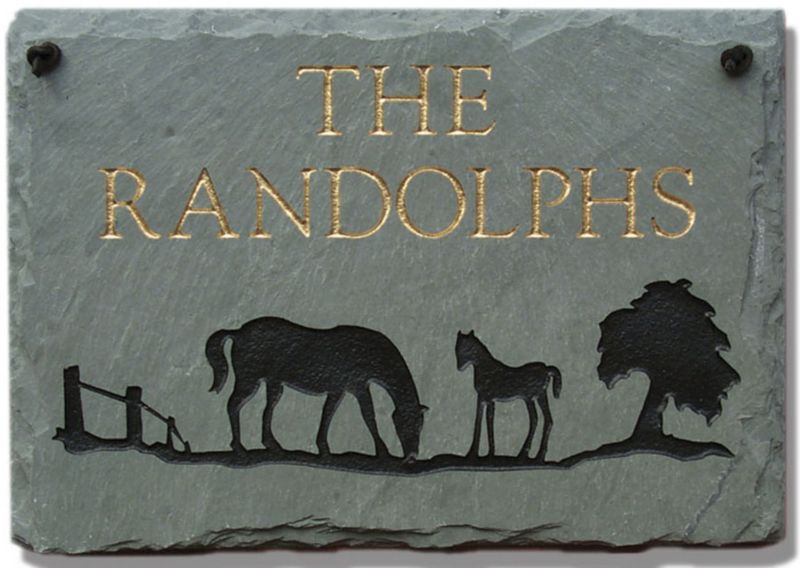In 1971 Congress unanimously declared that “wild free roaming horses and burros are living symbols of the historic and pioneer spirit of the West that enrich the lives of the American People” They were to be managed on their historic and native ranges. By operation of law they are wild life. (Supreme Court seminal case, Kleppe v. New Mexico) The often used “feral argument” is moot.. BLM settled the native/feral argument stating "The issue of a wild horse as an invasive species is moot since the 1971 WHBA gave wild free-roaming horses "special" status based on their heritage of assisting man settle the "west
As a prime example The Coyote Canyon Herd was sequestered for more than two centuries from other wild horse herds. As a result they evolved into a distinct population segment. This evolution meets the criteria of both state and federal statutes of endangered and threatened species. “Endangered” when its survival and reproduction in the wild are in immediate jeopardy from one or more causes, including loss of habitat, change in habitat, over exploitation, predation, competition, disease, or other factors; or “Rare” when either: Although not presently threatened with extinction, the species is existing in such small numbers throughout all or a significant portion of its range that it may become endangered if its environment worsens; or the species is likely to become endangered within the foreseeable future throughout all or a significant portion of its range and may be considered “threatened” as that term is used in the Federal Endangered Species Act.(ESA) This mandates emergency designation of native habitat known as ACECs,
”










No comments:
Post a Comment